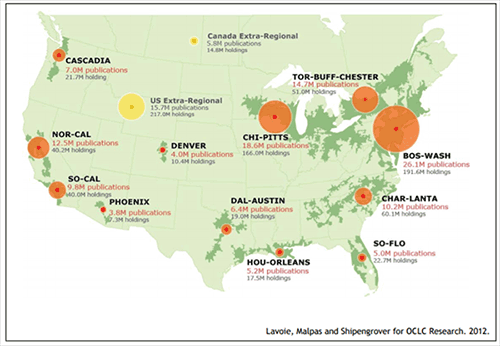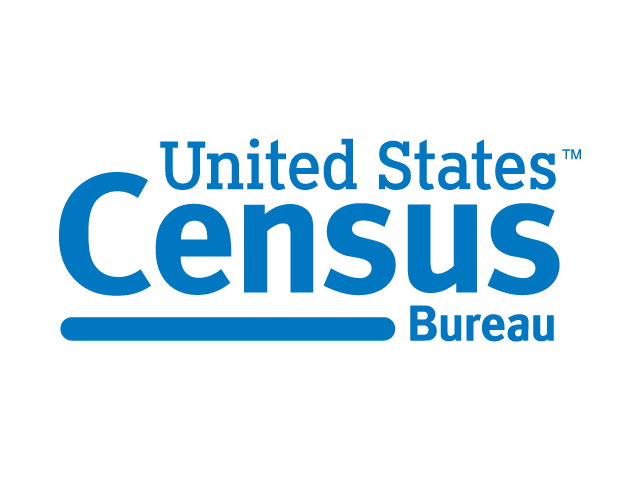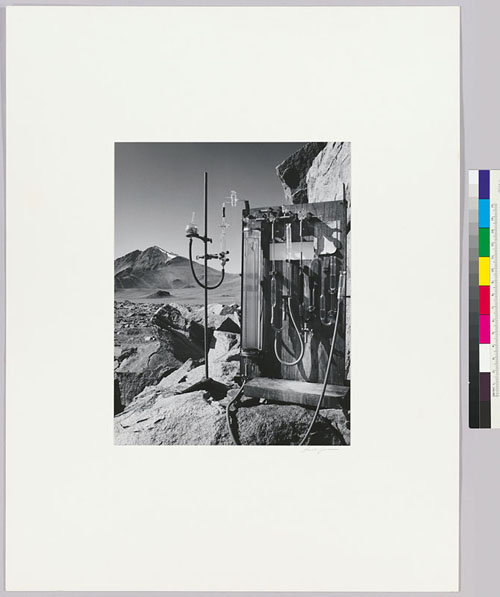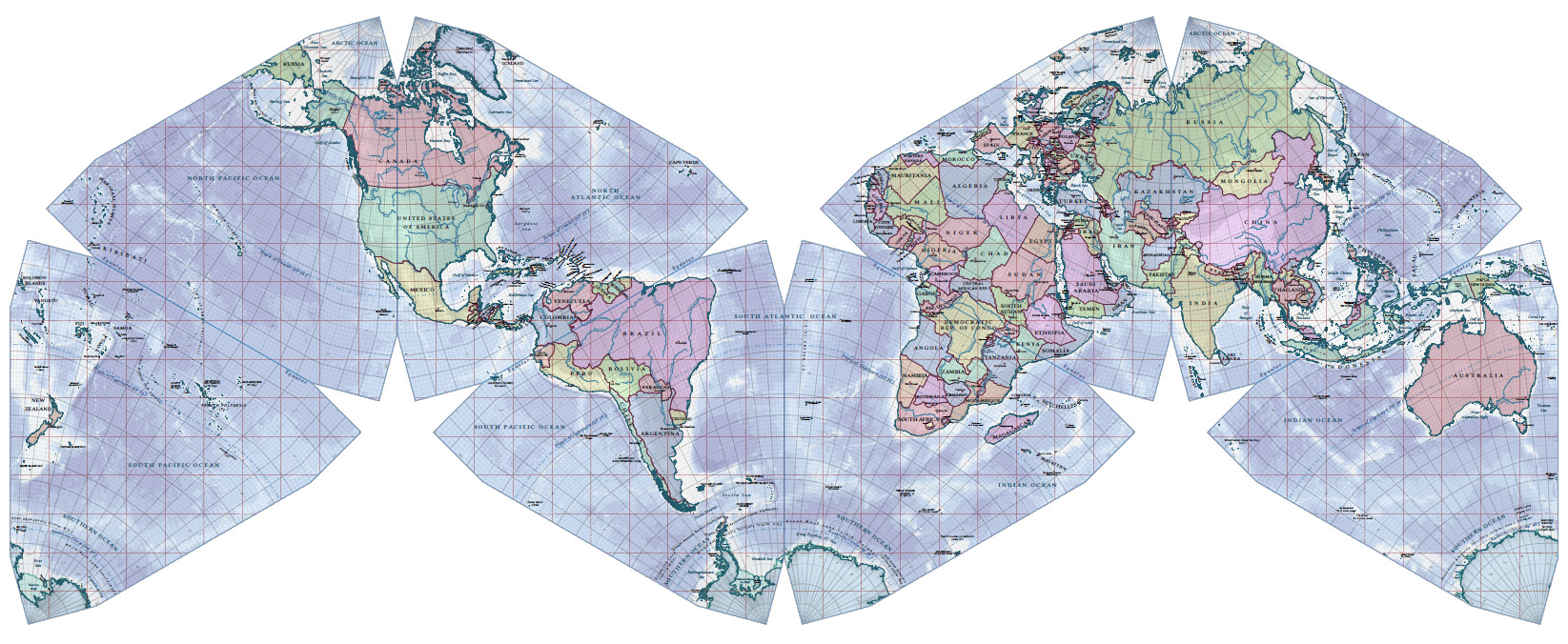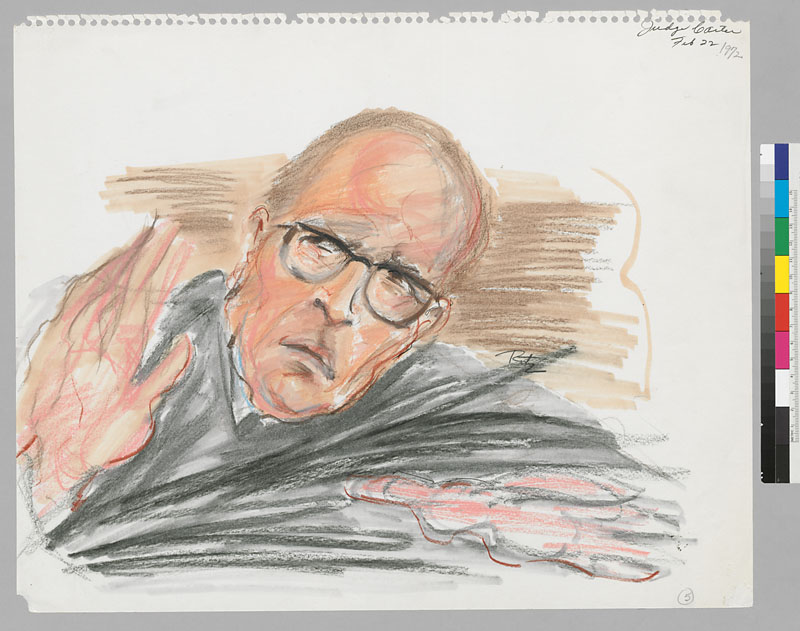Tag: collections
World Read Out Loud Day
 by Taylor Follett, Literature and Digital Humanities Assistant
by Taylor Follett, Literature and Digital Humanities Assistant
On February 1, 2018, celebrate storytelling and promote literacy on World Read Aloud Day. According to the LitWorld website, 750 million adults throughout the world, two-thirds of whom are women, don’t yet have basic reading and writing skills. World Read Out Loud Day is a great way to connect with your community and communicate the value of contact with literary works. You might hold a “Poetry Pop-Up” or “Storytelling Cafe,” or encourage open-ended discussion as you read. Check out the World Read Out Loud Day website or the 2018 Packet for more ideas and information.
Ready to get started, but not sure what to read? Luckily, the library has books for all ages! We recommend the following:
2017 National Book Award Winners Announced

Looking for the latest and greatest award-winning works in American literature?
Continue reading “2017 National Book Award Winners Announced”
COLLECTIONS as CONNECTORS Holdings from Off-Center
by Steven Black, Bancroft Acquisitions
Things fall apart; the center cannot hold;
Mere anarchy is loosed upon the world…
–William Butler Yeats, from “The Second Coming”
As they do in a teeming metropolis, connections occur naturally among collections in libraries and other repositories. These linkages may involve ideas and people, whether by description (cataloging and metadata), archival arrangement, researcher access and review, or, in the case of a new exhibit at The Bancroft Library, by time-shifted serendipity.
“The Summer of Love, from the Collections of The Bancroft Library” fortuitously brings together two representative figures who, in 1967, circled each other warily, but never met.
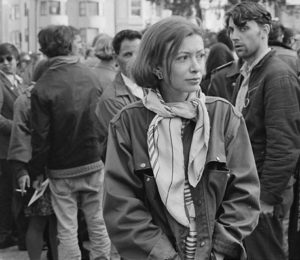
Joan Didion’s reportage in “Slouching Towards Bethlehem” is highlighted in a timely Bancroft exhibition along with images of the hippie scene in San Francisco taken by photographer Ted Streshinsky.
One thread running through her piece (in a reproduction of her typescript essay as submitted for later book publication) is a search for the Communication Company printer and publisher Chester Anderson.
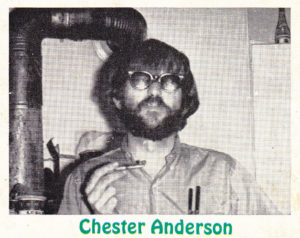
Funded by proceeds from his cult-hit novel The Butterfly Kid (1967), Anderson arrived in the Haight district of San Francisco just as the seeds for the coming “Summer of Love” were sown. In January 1967 he purchased a state-of-the-art mimeograph machine from Gestetner “to provide quick & inexpensive printing service for the hip community.”
Among the works issued by this newest member of the Underground Press Syndicate were innumerable Diggers flyers and handbills, a chapbook by Richard Brautigan (All Watched Over By Machines of Loving Grace), revolutionary manifestos, notices for performances, the Invisible Circus, other happenings, and street level public service announcements.
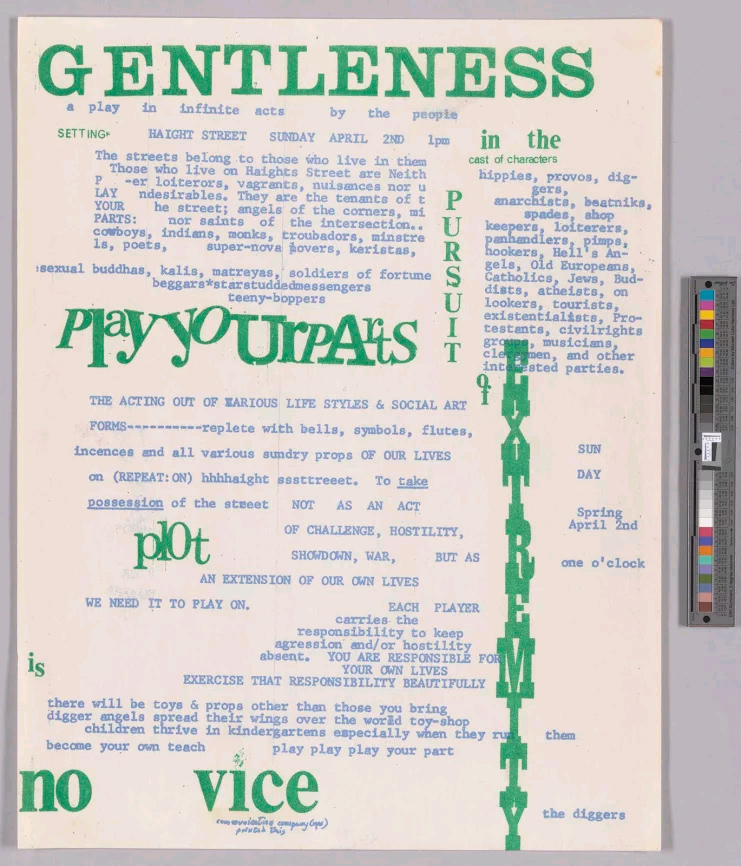
![]() In her quest, Didion describes meeting Com/Co’s co-founder, who (she writes) “says his name is Claude Hayward, but never mind that because I think of him just as The Connection.”
In her quest, Didion describes meeting Com/Co’s co-founder, who (she writes) “says his name is Claude Hayward, but never mind that because I think of him just as The Connection.”
As she is on assignment for a mainstream publication, Didion is considered (in a Diggers phrase-du-jour) to be “a media poisoner.” The Connection urges her to dump the photographer she is with “and get out on the Street” leaving her cash (“You won’t need money”) behind.
Responding to her request to speak directly with Chester Anderson, The Connection says: “If we decide to get in touch with you at all, we’ll get in touch with you real quick.” Although she crosses paths with The Connection again that spring in the Panhandle during an agitprop intervention by the San Francisco Mime Troupe, his passive refusal to hook her up rebuts his street-inflected nickname.
Joan Didion was unable to find the oracular man who could ostensibly help her understand “the scene,” or genius loci. Despite this missed connection with Chester Anderson, by detailing her forays into the Haight-Ashbury and other hippie enclaves around San Francisco, Didion captured in prose a time in violent flux. “Slouching” became the title essay of her celebrated first book of non-fiction, securing her reputation as a caustic and insightful social seismograph.
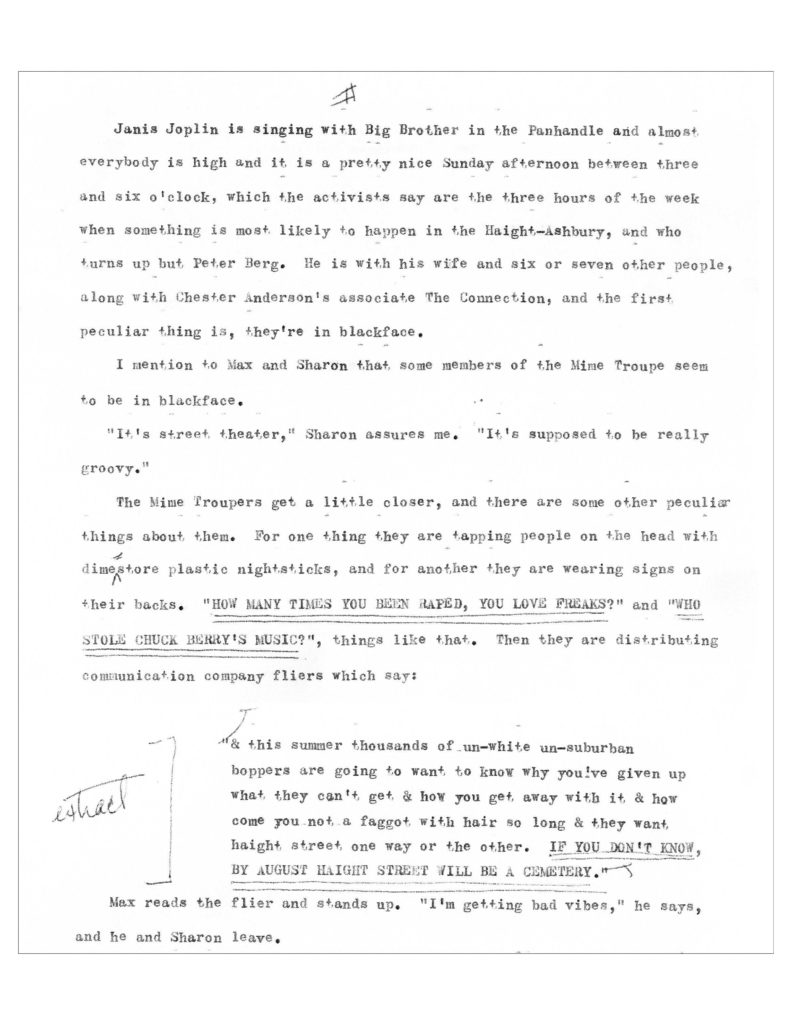
Today their works are co-located in Bancroft’s Summer of Love retrospective: two radically different writers can be seen in a long-delayed meeting that eluded them in real life.
* * *
Provenance notes:
Joan Didion (1934-) Joan Didion’s manuscript (BANC MSS 81/140 c carton 1) came to The Bancroft Library as a gift of the author.
Chester Valentine John Anderson (1932-1991) Chester Anderson’s papers (BANC MSS 92/839 c) came to The Bancroft Library via friend and fellow underground journalist Paul Williams.
Paul Williams (1948-2013) founded Crawdaddy, the first zine of rock and roll journalism (predating Rolling Stone), authored many works of hippie (Apple Bay: or, Life on the planet) and new age journalism (Das Energi), books on Bob Dylan and Philip K. Dick (whose literary executor he was, for close to 20 years). Through his imprint Entwhistle Books, he published two books by Chester Anderson: Fox & hare : the story of a Friday night (f PS3551.N358 F6 1980 Bancroft) and Puppies (p PS3572.A395 P9 1979 Bancroft) under Anderson’s pseudonym John Valentine.
Ted Streshinsky (1923–2003) Ted Streshinsky’s photo archive (BANC PIC 2004.132) was a gift of his wife Shirley.
North American mega-regional print book collections
This map from a 2012 report titled Print Management at “Mega-scale”: A Regional Perspective on Print Book Collections in North America indirectly relates to books and journals in the Romance languages but I thought it might be educational to share since so much of our daily cooperative collection building decisions fit into this framework. It visualizes how shared research library collections coincide with the emergence of mega-regions, or geographical regions defined on the basis of economic integration and other forms of interdependence. For those of us who work in the library, it reinforces the role that research libraries like UCB, UCD, UCSC and Stanford play at the national level and how paramount it is for us to continue to strive together for robust and comprehensive regional collections so that we can support the current and future research and teaching needs at one another’s campuses and beyond.
Who, How Many and Where: Research Using the U.S. Census
While doing an academic research project, you may encounter the need for a demographic or economic statistic (What is the current population of King City, CA?; How did people get to work in 1960?; etc). There are many sources of statistics out there, some reliable, and some – well, not so much. Sources may vary by location, time period, types of questions asked, etc. One of the most reliable sources of U.S. demographics statistics and data to become familiar with is the United States Census Bureau.
The work of the U.S. Census Bureau dates back to the founding of the country, though the Census Bureau wasn’t a permanent government office until the early 1900’s. Its primary role is mandated by our constitution: Article 1, Section 2 of U.S. Constitution stipulates an enumeration of the population be taken every ten years for apportionment and redistricting of the U.S. House of Representatives. This enumeration is the Decennial Census that has taken place every 10 years from 1790 to present.
Since there are way too many data programs done by the Census Bureau to cover in this short article, we’ll look at the two most widely used: the Decennial Census and the American Community Survey. The Decennial Census is what most people think of when they think about the U.S. Census: conducted every ten years, lots of details, etc. Up until the year 2000, the Decennial Census was the main source of detailed statistics. However, as of 2005, we now have the American Community Survey, which provides the same level of detailed information in 1-,3-, and 5-year rolling averages. The shorter the timespan, the more current the information – but statistics are only available for population sizes of 80,000 or larger. In a longer timespan, the statistics are less current, but are available for all smaller populations.
The Census Bureau gathers a lot of information and makes it available in a number of ways. Over the last two decades, U.S. Census information has become more readily available online. Current information is available through the Census Bureau’s site or via American FactFinder. Other sources include the Library’s subscription to Social Explorer (which covers 1790-present), and allows for the creation of maps. And if you like maps, try Policy Map. If you want to dig into the numerical data and not just the statistics, the Census Bureau provides that as well. To learn more about these sources and the Census, visit the Library’s Census Guide. The D-Lab also holds training sessions on the Census data.
One final point to consider when talking about the Census or any government program: funding. Many times in the recent past, the U.S. Congress has threatened to cut or even kill funding for the Census Bureau. In 2011, Congress succeeded when they cut the funding to the office that provided the Statistical Abstract of the United States, despite a public outcry against this cut. As the Census Bureau gears up for the 2020 Census, will there be cuts to the program? How might that affect your research or research in your field?
–Jesse Silva
Government Information, Political Science and Public Policy Librarian
Contact me at jsilva [@] library.berkeley.edu
Digital Humanities and the Library
 Are you a humanist working with digital materials to do your research? Are you carrying out your research or presenting your results using digital methods and tools? Are you teaching using digital tools and content? If you answered yes to any of these questions, then your work might be considered digital humanities.
Are you a humanist working with digital materials to do your research? Are you carrying out your research or presenting your results using digital methods and tools? Are you teaching using digital tools and content? If you answered yes to any of these questions, then your work might be considered digital humanities.
Digital humanities has been described as “dynamic dialogue between emerging technology and humanistic inquiry” (Varner, 2016). It is a term that is used to describe a domain within the humanities where researchers are doing most of their work using digital tools, content, and/or methods. Whether this work is partially or exclusively digital, this designation is a way to set these emerging practices apart from more traditional or “analog” ones, though there is no clear distinction.
The scope of digital humanities has been a hot topic in recent years, especially in relation to the library’s role in this new domain. What services does the library provide to digital humanists? What can the library do to support digital humanities on campus?
The Library has always provided services to researchers and will continue to provide those same services, as well as to expand their offerings to encompass new forms of research, publication, and teaching. It is not a question of libraries supporting one or the other. Digital humanities is still evolving, and the Library is evolving right along with it, continuing to offer collections, research support, and instruction in both traditional ways and new ones as this “dynamic dialogue” expands.
The Library collects and creates digital resources at the same time that it continues to build its analog collections. Myriad databases, data sets, and other digital resources are available through the Library catalog and website. In addition, our digitized special collections are available through Calisphere, which provides access to digital images, texts, and recordings from California’s great libraries, archives, and museums.
While the library is busy collecting and organizing digital resources, reference librarians are ready and willing to provide you with research help. The expertise that librarians have in connecting researchers to materials, designing research, and providing instruction on how to evaluate and use new content and tools continues to grow and expand in this new environment.
In addition, the library provides instruction to help those new to the digital humanities to learn about tools and skills needed to do this work. Many librarians have partnered with the D-lab in Barrows Hall on campus to provide instruction on citation management, metadata, and research data management. The D-lab also offers training in various programming languages and data tools, as well as consulting on research design, data analysis, data management, and related techniques and technologies. Library trainings and events are generally posted to the library events calendar.
The Library also works closely with the Digital Humanities @ Berkeley group (a partnership between Research IT and the Office of the Dean of Arts and Humanities) which support digital humanities events, trainings, course support, and graduate student and faculty projects. Their calendar lists talks, workshops, and other events designed to help move the DH community on campus forward.
Keeping the “dynamic dialogue” of digital humanities moving forward is a campus goal, and the relationship between digital humanities and the Library is an evolving one. We are hiring new librarians with digital humanities skills to further develop this relationship and expect to see more growth in the scope of the library’s involvement in digital humanities as the community on campus continues to expand.
Mary W. Elings
Head of Digital Collection, The Bancroft Library
Contact me at melings [at] berkeley.edu
Maps, Mapping and Your Research
You probably love maps (who doesn’t?!). They can be beautiful, visually compelling, interesting representations of the world. You might have one hanging on your wall, laugh over one showing how Oakland was the new Brooklyn even back in 1888, or exclaim over one (my new favorite) showing bear concentrations in Norway.
These same qualities that make us love maps are also why they can be excellent research tools. Even if you are not a geographer or urban planner you can use maps to provide context for a place you are describing, explore spatial relationships, or visualize your data in a way that highlights new patterns. For example, a music student used and made maps to trace the locations of 19th century Parisian opera goers!
In addition to the approximately half-a-million physical maps and air photos in the UC Berkeley Library’s collections, the library subscribes to several online databases that let you explore demographic data and create maps that you can share online or print. SimplyMap, Social Explorer, and Policy Map all cover the United States. If you are interested in China, the China Geo-Explorer II database has mappable census data.
There are also many freely available resources available online. My standby is Old Maps Online, which pulls together scanned maps from institutions around the world into a single search screen. Just zoom in to your area of the world, adjust the time slider, and explore!
What if you want to make a map with your own data? There are many good options for that, too, including ArcGIS Online (a library subscribed resource), CartoDB, MapBox, and Google, among others.
Contact Susan Powell, GIS & Map Librarian, at smpowell[at]berkeley.edu if you’d like to find out more about how you can use maps — both print and digital — in your research. Or stop by the Earth Sciences & Map Library to explore the collection and find out more!
New Online Resources!
The Library has many new tools for research in areas such as History, Native American Studies, International and Area Studies, Genetics, Gender and Women’s Studies, Design, Film and Media Studies, Environmental Studies, Engineering, Popular Culture, Music, Business, Agriculture, Literature, and more!
such as History, Native American Studies, International and Area Studies, Genetics, Gender and Women’s Studies, Design, Film and Media Studies, Environmental Studies, Engineering, Popular Culture, Music, Business, Agriculture, Literature, and more!
